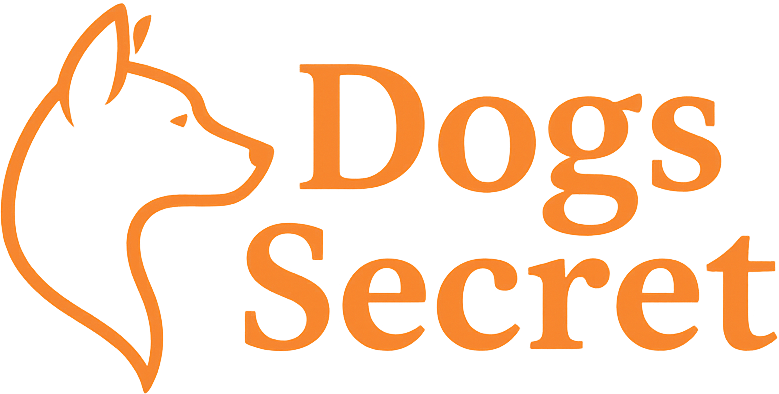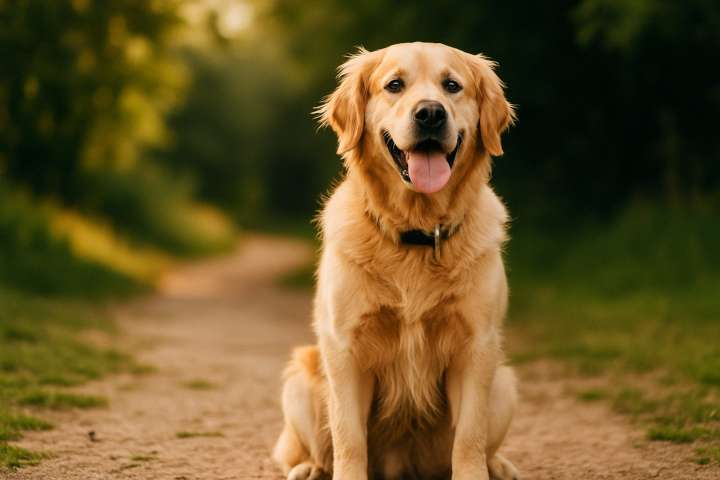The freedom of letting your dog run off-leash is one of the most rewarding experiences you can share together—but it’s also one of the most serious responsibilities. Without proper off-leash training, your dog could get into dangerous situations, ignore your calls, or put others at risk.
In this guide, we’ll show you how to train your dog for safe, reliable off-leash behavior using proven techniques rooted in trust, recall, and consistency—so you can both enjoy more freedom and confidence.
Is Your Dog Ready for Off-Leash Training?
Before beginning off-leash training, make sure your dog is:
- At least 6–12 months old (depending on breed and maturity)
- Fully vaccinated and socialized
- Responsive to basic commands like sit, stay, and come
- Comfortable walking on a leash with minimal pulling
- Free from aggression, anxiety, or prey-drive issues that may affect recall
Off-leash training is not suitable for every dog—but with time, most can succeed with the right steps.
Step-by-Step Off-Leash Training Plan
Step 1: Master the Recall Command
A reliable “come” cue is the foundation of off-leash training.
How to train recall:
- Start indoors or in a fenced yard
- Use a happy, excited voice
- Reward your dog every time they come to you (treats, praise, play)
- Never punish after they come—no matter what happened before
- Practice with increasing distance and distractions over time
Pro Tip: Use a unique word (like “here” or “let’s go”) rather than their name for recall.
Step 2: Use a Long Line for Controlled Practice
Once recall is solid indoors, move to a long leash (15–30 feet) in a safe, open area like a quiet field or yard.
Goals:
- Practice recall with distractions (birds, smells, other dogs)
- Work on commands like stay, come, heel
- Allow freedom while maintaining control
Always reward promptly and make coming to you the best part of your dog’s day.
Step 3: Add Distractions Gradually
Test your dog’s recall under more challenging conditions, such as:
- Other dogs nearby
- Wildlife or moving objects
- Park environments with people and noise
If your dog fails to respond:
- Go back a step (fewer distractions)
- Avoid repeating the command too often
- Don’t chase them—stay calm and regain control patiently
Step 4: Practice Emergency Recall
Teach an emergency cue (like “TOUCH!” or “NOW!”) that means instant recall with no exceptions.
How to teach it:
- Use a high-value treat (chicken, liver, etc.)
- Say the word once and reward immediately every time they respond
- Use only in serious or practice situations—not casually
This gives you a last-resort option when safety is on the line.
Step 5: Test in a Fenced Area Off-Leash
Before going truly off-leash, test your dog in a secure, fenced area (e.g., dog park during quiet hours, a friend’s yard).
What to do:
- Drop the long line, but leave it trailing
- Observe how your dog reacts without leash pressure
- Continue practicing recall, play, and calm behavior
Build up confidence in a safe space before moving to open, unfenced areas.
Safety Tips for Off-Leash Success
- Use a GPS or smart collar for tracking
- Only go off-leash in legal, dog-friendly areas
- Avoid high-risk environments (near roads, cliffs, or wildlife)
- Keep a leash with you in case you need to regain control quickly
- Maintain eye contact and engagement with your dog
- Always carry rewards (treats or toys)
Breeds and Personalities Matter
Some dogs are naturally more suited to off-leash freedom than others. Breeds with high prey drives (like Huskies or Terriers) may require more time or permanent long-leash use. Others (like Retrievers or Shepherds) often respond well to recall with enough training.
Always train your dog—not just the average dog.
Conclusion
Off-leash freedom is earned through consistent training, patience, and mutual trust. With a solid recall, controlled exposure to distractions, and safety-minded practice, you can enjoy off-leash adventures while keeping your dog—and everyone around you—safe.
Need help with recall training or behavior support? Visit our Dog Training Essentials section for step-by-step guides and troubleshooting tips.

